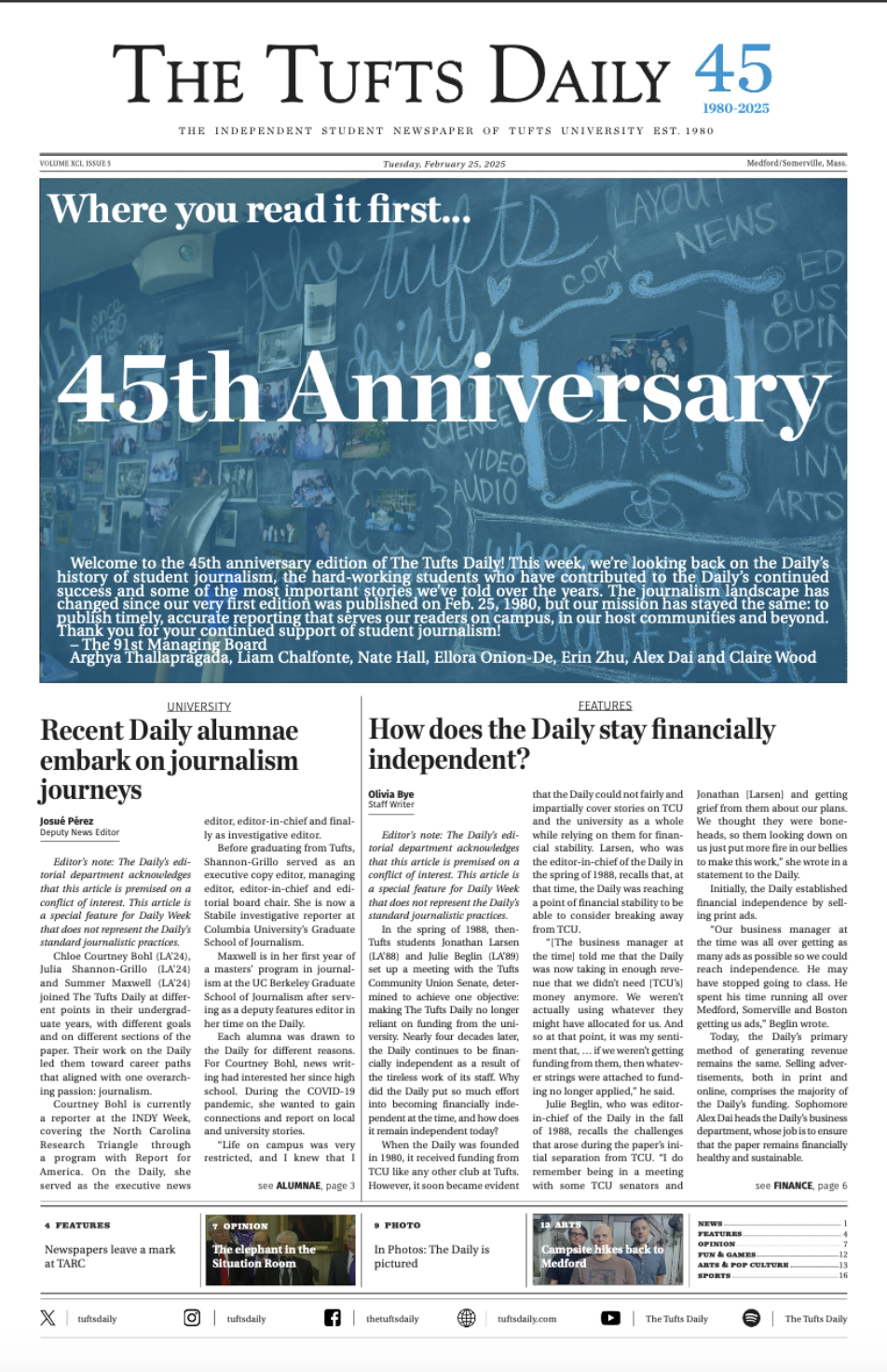The MBTA blessed us last week with more data on the initial fare-free pilot for the Route 28 bus. The information is outlined in several media outlets, so I will not recount all of it here, but there are a few big takeaways. The first things worth mentioning are the pilot’s successes, because it had some quite notable ones. WBUR reported that the elimination of fares on the Route 28 bus increased ridership by 22%. This number is, furthermore, controlling for increases in ridership following the large initial drop off due to the pandemic, so it is quite impressive. A modest amount of riders — about 5% of those on the bus because it was free — would have driven otherwise. The pilot also helped make bus service fasteras lines to pay fares disappeared and riders could board the bus from either the front or back doors.
However, there were also some notable shortcomings in the pilot. Less than a third of riders actually saved money from the pilot, as most riders used multiple buses and trains to get to where they needed to go. This especially makes sense if you consider that the Route 28 bus connects the busy bus corridor on Blue Hill Avenue with Nubian station and Ruggles station, connecting riders to many other buses and the Orange Line. If you are taking the bus anywhere farther than those places, you’ll still have to pay.
Now, as always, we have to ask — what does this really mean for the effectiveness of fare-free transit, and what conclusions should we draw from this? The first one we can reach is obvious — if most people didn’t save any money because they still needed to pay for their connections, then eliminating fares across the network will mean that everyone has no choice but to save money! Since eliminating fares also boosts ridership and makes stops more efficient by enabling all-door boarding, then eliminating fares is a smart choice for the popularity, equity and efficiency of the T.
Some, though, might question the necessity of fare-free transit according to the report. All-door boarding can be achieved in more ways than one — many of Europe’s highly effective transit systems have adopted “proof of purchase” systems over the years wherein wandering workers simply ask riders for, well, proof of purchase, which enables all-door boarding very easily on buses. But those who might advocate for Boston to simply adopt a proof of purchase program would also miss the boost in ridership that the Route 28 got as a result of the pilot. The 22% increase is significant, and even then, fare-free pilots on other routes may give an even larger boost — especially if the MBTA were to try a free pilot on one of its train lines.
The real answer to how effective eliminating fares would be in Boston is still slightly unclear — we have too little information to look at yet. Luckily, we’ll eventually have two years and three bus routes’ worth of data to parse through — can't wait!





